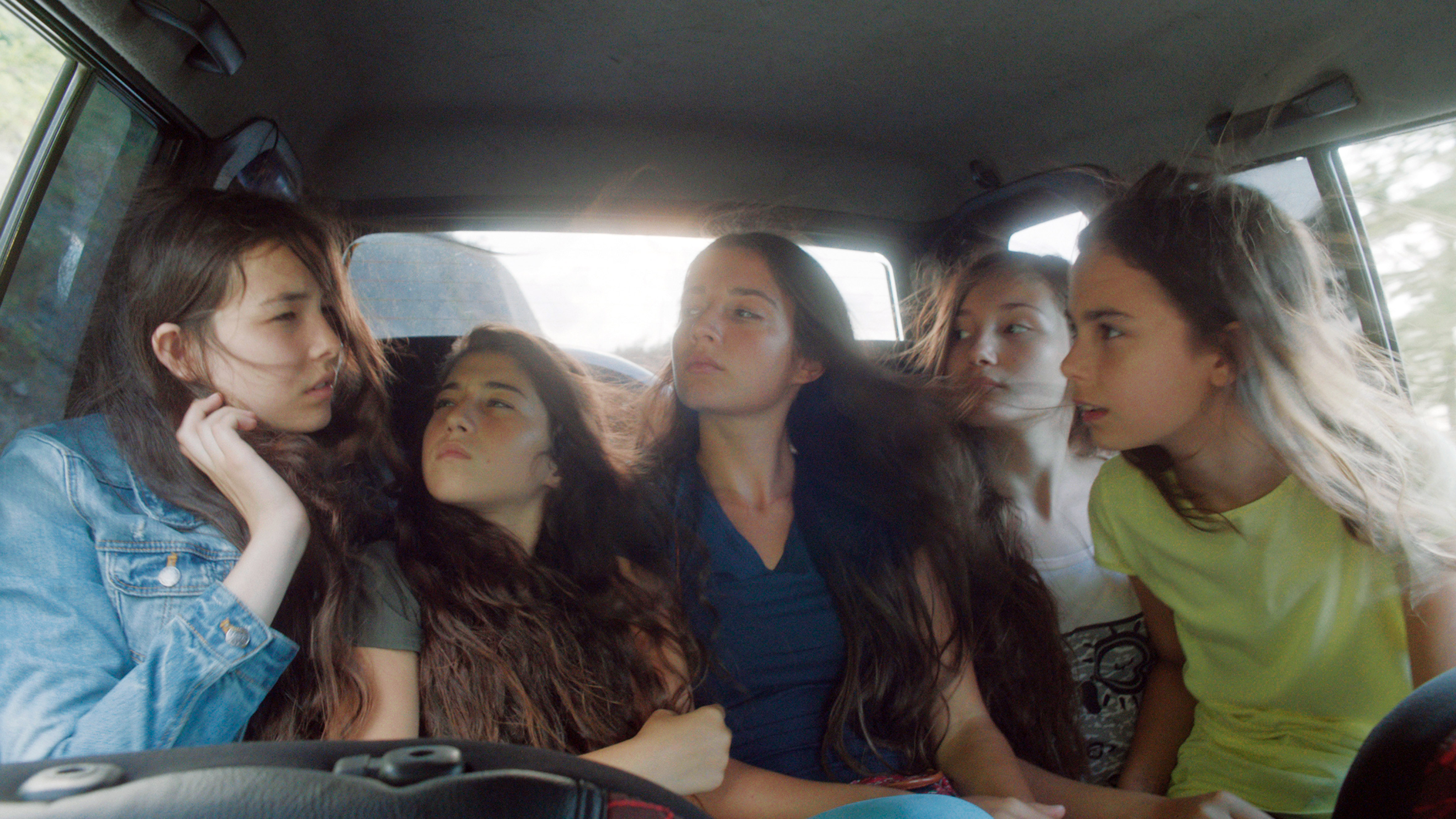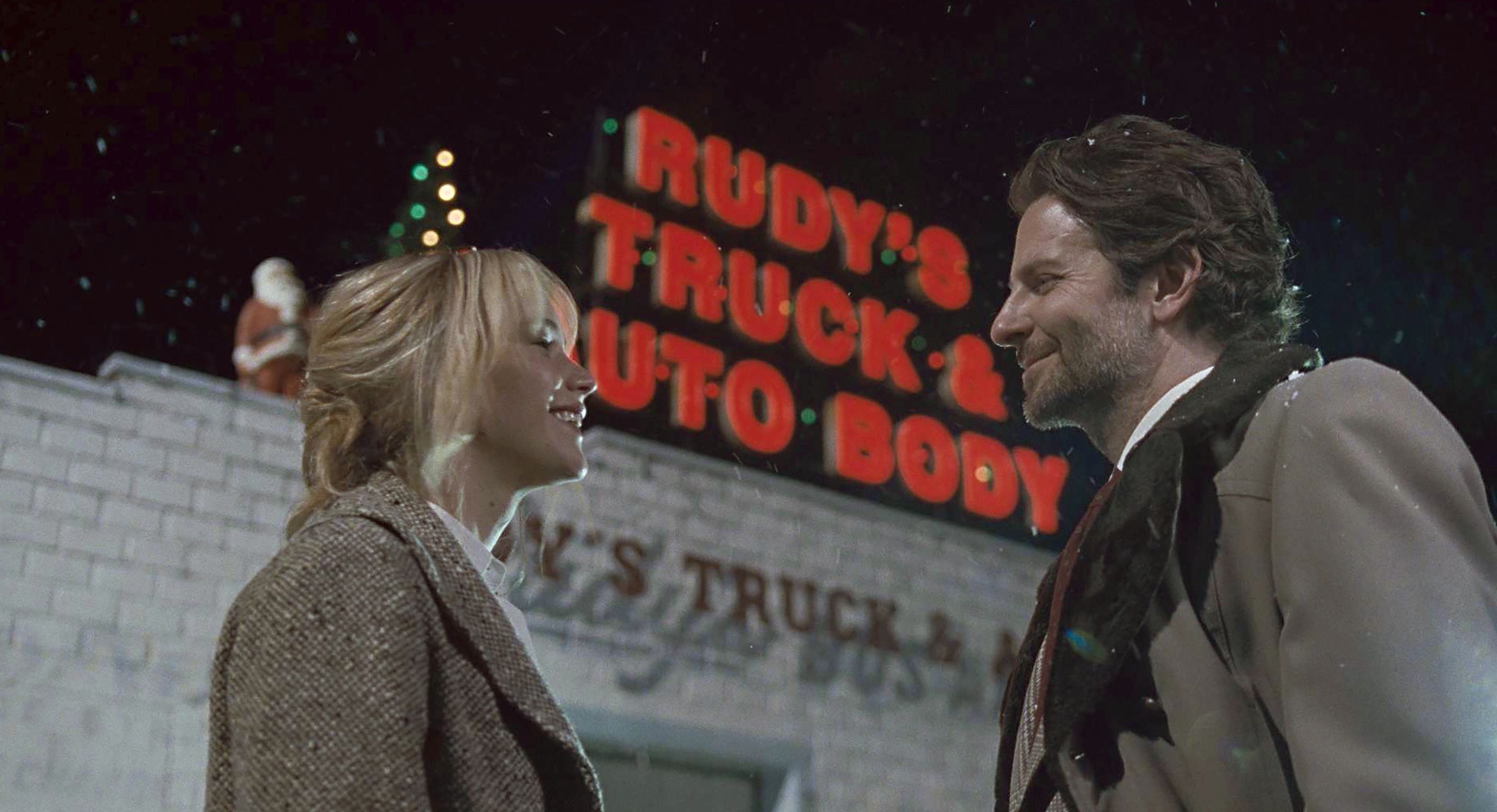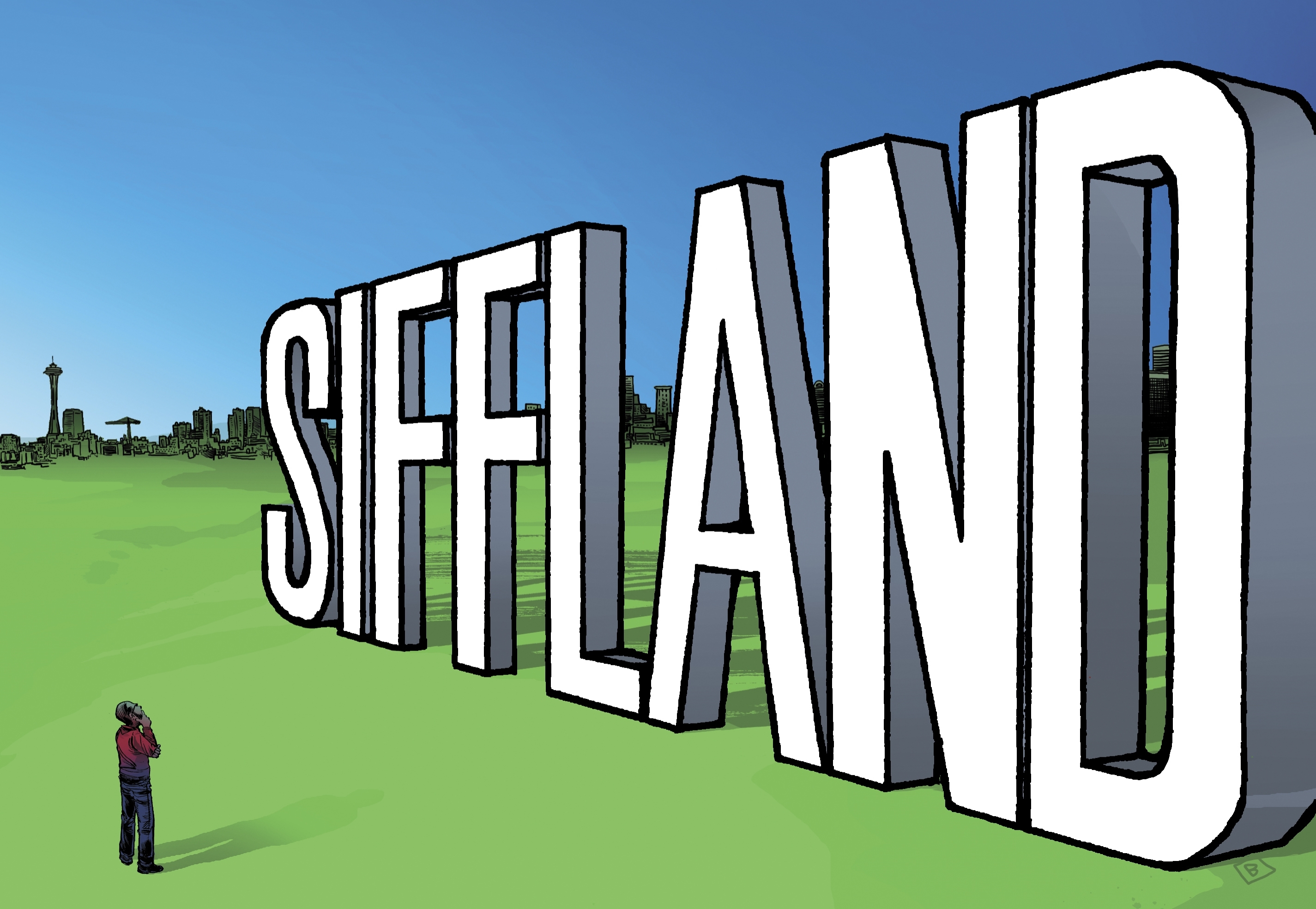Why do we have a Seattle Asian Art Museum? As opposed to one dedicated to European or African art? Because Asian art is what the Seattle Art Museum’s first director, Richard Fuller, so avidly collected. Fuller (1897–1976) got the original SAM built in Volunteer Park in 1933. After SAM moved downtown in ’91, something had to be done with the old building. Hence the ’94 renaming, hence SAAM, and hence its somewhat neglected status today.
SAM’s current director, Kimerly Rorschach, told me last spring that a renovation and possible expansion of SAAM were on her to-do list, but that would take fundraising and negotiating with the city about surrendering more of Volunteer Park. Meanwhile, the 80-year-old building is showing its age. The low-ceilinged galleries are small and not particularly well laid out. The central atrium is a nice place for party rentals, if little else, and the entrance is a maze. Also, most people have to drive to get to SAAM, the opposite of modern-building practice: Be accessible, go where the people are. That’s been SAM’s formula for success since the 2007 addition, which will eventually yield 450,000 square feet of space (growing into the offices upstairs) versus 45,000 for SAAM.
Put differently, there’s no reason a super-sized SAM would need a separate satellite facility for Asian art, when it could more effectively bring that collection downtown and reach more eyes. Particularly during summer, downtown is teeming with tourists from Asia and beyond. Volunteer Park? Not so much. (The Frye Art Museum has the same problem—both facilities are too far from the walkable urban core.) If SAM put new money and thought into its old home, the scope could be broader than merely Asian art—maybe modern?
Alternatively, SAM could simply relinquish the structure to another culture organization. Carl Gould’s Deco-influenced building was landmarked by the city in 1988, but its design is more familiar than distinguished. Perhaps the city could find a use for it.
All of which is a very roundabout way (sorry!) to address three modest exhibits currently running at SAAM. Its 80th birthday is being celebrated with A Fuller View of China, Japan, and Korea (through April 13), curated by SAM’s Josh Yiu and including 150 lovely objects—including the famous gold Crows screen—that go together because, well, they’re Asian and Fuller collected most of them. Those two criteria do not a show make.
Better is Hometown Boy (through June 29), a small selection of roughhewn realist scenes and portraits by the Chinese painter Liu Xiaodong. Having achieved success in Beijing, Liu went back to his emptied-out old village after three decades away, finding stagnation and defeat among his former cronies. The young people have fled to the coast, where the money is. Back in Jincheng, prospects and hopes are things of the past.
There’s nothing explicitly political here, yet the paintings read like a socioeconomic portrait of China’s old inland Rust Belt. These are somewhat sad, desultory scenes. Weeds grow in an unused pool. A restaurant fails. A dejected man shows up at the wrong door, pointing futilely at it with a purple umbrella. Two shirtless guys study an X-ray. A bored cop poses for Liu, apparently having nothing else to do.
Pages from Liu’s notebooks supply some background. “He works on the margins of the criminal underworld,” reads one. “Poverty makes people unable to forget the importance of the basics of life and gives them a fear of losing the same,” says another. A 1982 snapshot of Liu’s friend Li Wu, later painted in front of a TV set playing a basketball game, hints at the remorseless passing of time. If anything, SAAM could offer more context beyond one short video. What about Foxconn and Apple, the Three Gorges Dam, tainted milk, lead-painted toys, globalization, corruption, and the costs to China’s tectonic-scale industrialization? Liu isn’t a political artist like Ai Weiwei. He works within the system but is certainly aware of its constraints and discontents, which surely swirl into Hometown Boy’s palette of oils.
Somewhat complementary are the scroll paintings of Liu’s countryman, the San Francisco-based Wan Qingli. In Inked (through June 29), traditional calligraphy and line drawings have been tweaked to reflect and indirectly comment upon the modern world. They’re whimsical but rather obvious (actual mouse meets computer mouse, etc.), too gentle for satire.
Wan and Liu are both responding to a wrenching modernity that makes the Fuller holdings seem utterly antique. We’re at least three revolutions past those old times. Traditional notions of beauty yield to topicality—or at least they must be linked somehow by SAM curators. A more ambitious show might, but that would require a bigger investment and a better exhibition space. Probably downtown.
bmiller@seattleweekly.com
SEATTLE ASIAN ART MUSEUM 1400 E. Prospect St. (Volunteer Park), 654-3100, seattleartmuseum.org. $5–$7. 10 a.m.–5 p.m. Wed., Fri., Sat., & Sun.; 10 a.m.–9 p.m. Thurs.







